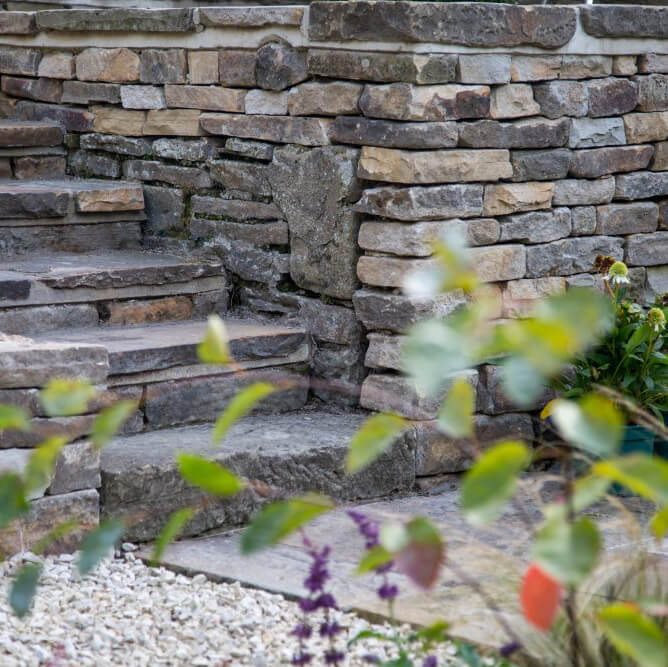Garden design in Ilkley
Ilkley’s Yorkshire garden design is a lovely fusion of classic and modern designs that perfectly captures Yorkshire’s scenery. West Yorkshire, England’s Ilkley, is a town with a long history and stunning scenery. The area’s natural beauty serves as an inspiration for garden designs that take cues from the surroundings and use native plants and materials to produce a distinctive style.
A well-planned garden in Ilkley should be resilient to the region’s challenging weather patterns, such as persistent rain, brisk winds, and chilly temperatures. Garden designers in Ilkley must take into account elements like soil quality, drainage, and solar exposure to accomplish this. Also, they must have elements that provide year-round pleasure, such outdoor lighting, sitting places, and heating.
The naturalistic technique, which entails constructing a garden that merges effortlessly with the surrounding terrain, is one of the most well-liked garden design philosophies in Ilkley. Native flora and materials, such sandstone and limestone, are frequently used in this design to produce a unified appearance that represents the local environment.
The modernist approach, which stresses straight lines, geometric forms, and simplicity, is another well-liked design aesthetic in Ilkley. This design frequently incorporates elements like water fountains, outdoor sculptures, and expansive plantings to produce a dramatic impression that matches the area’s rocky landscape.
Ilkley’s gardens frequently have distinctive elements that represent the history and culture of the area in addition to traditional and modern design elements. For instance, dry stone walls are a typical element of Yorkshire’s environment and may be seen in many gardens. These walls not only provide aesthetic interest but also operate as a useful boundary marker and erosion control measure.
Finally, it’s crucial to note that Ilkley garden designers give sustainability a lot of thought. Several garden designers are including sustainable elements like rainwater harvesting systems, composting areas, and low-energy lighting into their designs as people become more aware of the effects of climate change.




